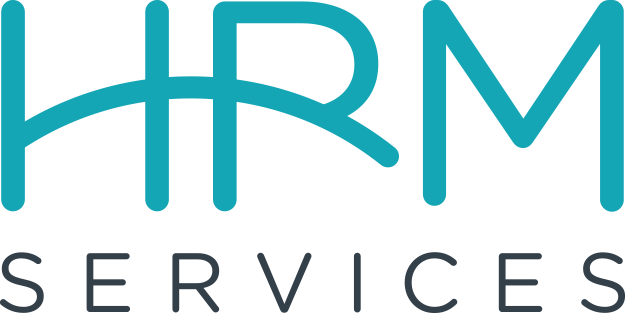QUESTION: I know I am supposed to conduct employee evaluations on a regular basis. I understand why they are important, and I have the best intentions of doing them each year. However, I struggle to complete them. In fact, I dread it! Do you have any tips to make this process less painful and more productive for me and my staff?
ANSWER: You are not alone in your mixed feelings about performance reviews. The benefits of a review far outweigh the negative aspects, but only if the evaluations are done properly. By that I mean that the reviews are consistently administered, the measured performance objectives are job-related, and the feedback given is honest and objective. To help your evaluations rise to the occasion, I recommend focusing on three things: (1) frequency, (2) process, and the (3) delivery mechanism. Let’s start by looking at frequency.
A typical review cycle requires us to remember and regurgitate an entire year’s worth of information at once, which is wrought with pitfalls. The most common of these is a psychological phenomenon known as the “Recency Effect”. Even if you haven’t heard of it, you have more than likely succumbed to it. The “Recency Effect” describes when you focus on the most recent event as the basis for analyzing the entire year. It’s not that you do it on purpose, but without good documentation throughout the year you have very little to base your evaluation except what you have observed/heard most recently. To combat this, consider breaking the review process into bite-sized pieces. Instead of conducting a performance evaluation once a year, it might make sense to hold more frequent sessions with your employees. Now I know what you’re thinking…you already dread this process and I’m telling you to do it MORE often?! But trust me on this. If you are meeting with your staff on a regular basis, say once per quarter, you don’t have to remember as much. The topics you discuss will be in the forefront of your mind and the feedback will be more timely; allowing for more coaching opportunities with staff.
A second area worth discussing is your current review process. Do you have updated job descriptions that accurately outline expectations of the role? When accurate, job descriptions are helpful to review as part of the evaluation process so that the employee is reminded of role expectations and both of you can assess accomplishments and areas needing improvement against the job description. If you are not already doing so, I also strongly encourage you to add a self-review element. Allowing employees a chance to evaluate their own performance is a more collaborative approach and splits the responsibility for remembering everything between the two of you. It also helps you assess what successes and challenges the employee is already aware of, which will help you as you deliver your feedback. As an interesting side note, employees are often times harder on themselves than you would be, so allowing them to participate in this process can help diffuse defensiveness when discussing areas of weakness.
The final area I urge you to analyze is the delivery mechanism you use to record and evaluate performance objectives. Is your evaluation form working for you or against you? I have seen (and been guilty of creating) evaluations that are more than 5 pages long! The anxiety caused by just looking at all of those blank boxes is enough to make even the most well-intentioned manager save it for another day. It isn’t the formal document that is important – it’s the feedback contained in that document that counts. So, tailor and streamline your delivery mechanism to meet your needs and strive to be as simple, but effective, as possible. Rather than creating a multi-page series of objectives and ranking criteria, consider a more conversational approach. Develop 4-5 questions that you and your employee can both answer regarding the employee’s performance, behavior and goals. Then meet to share your thoughts and develop future goals and a plan of action based on that conversation. You might ask about:
- Accomplishments and areas of strength
- Weaknesses or areas of improvement needed
- Review of previously set goals, including those accomplished and reasons/roadblocks for uncompleted ones
- Development of future goals
- Ways in which you can help them be successful
These are just a few ideas to help ease the pain of employee evaluations. Keep your focus on timely feedback and tailor your process around that.

